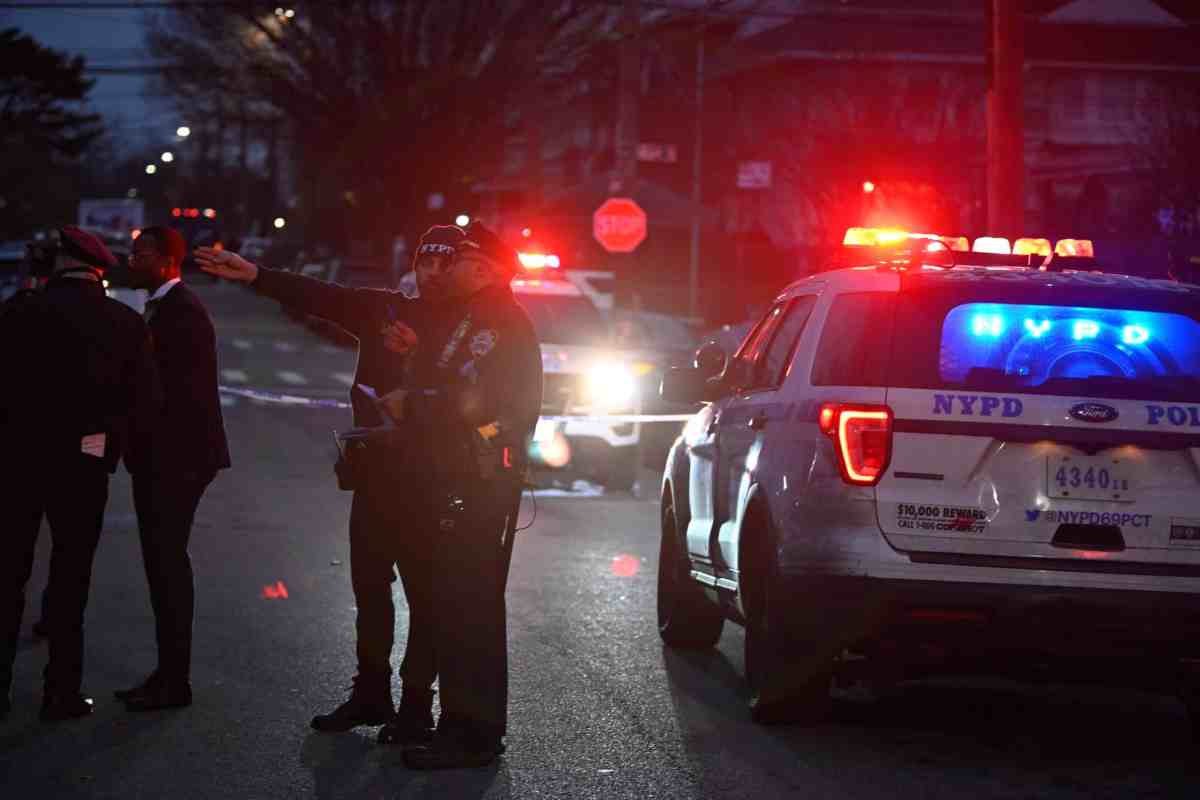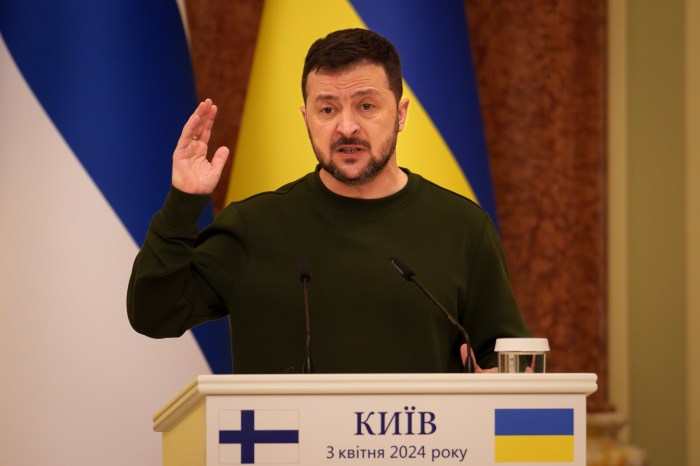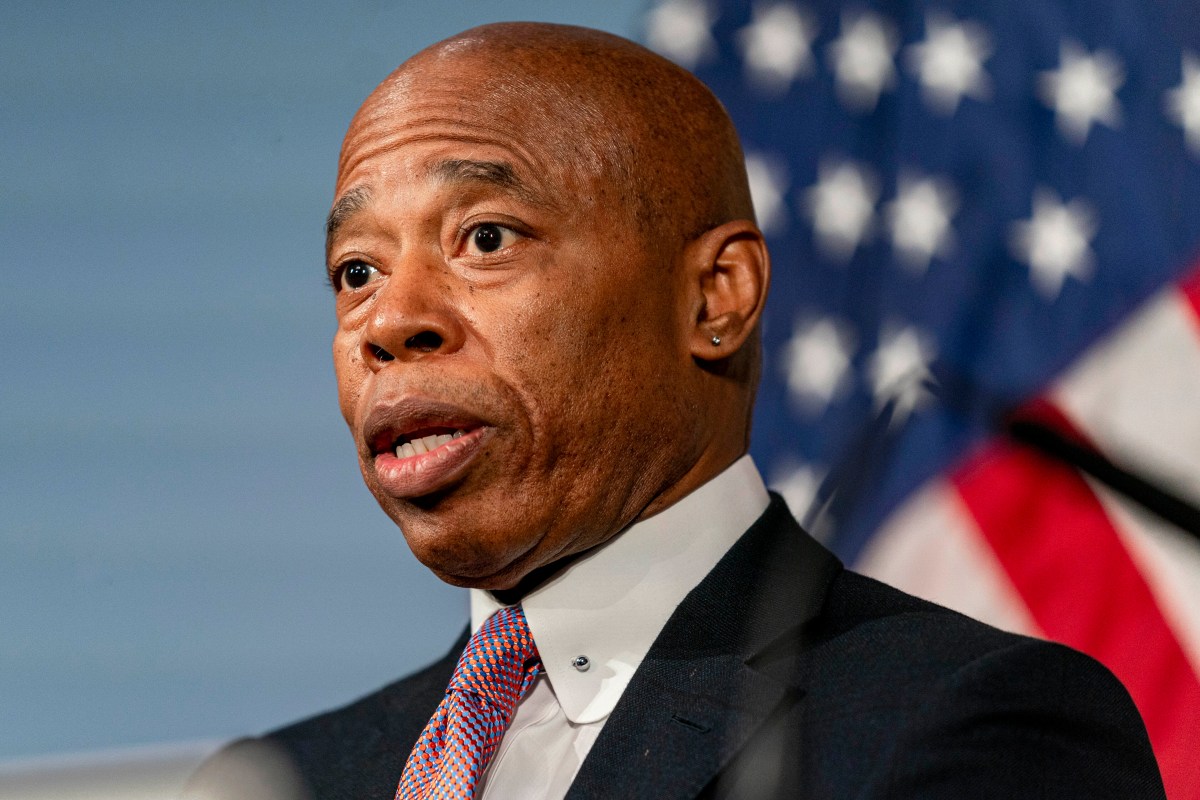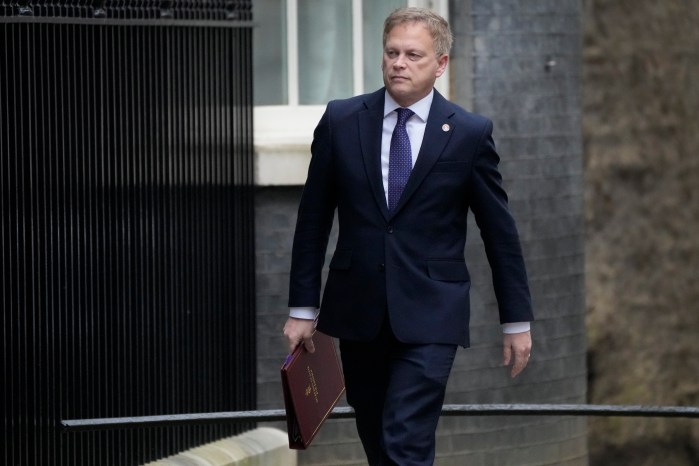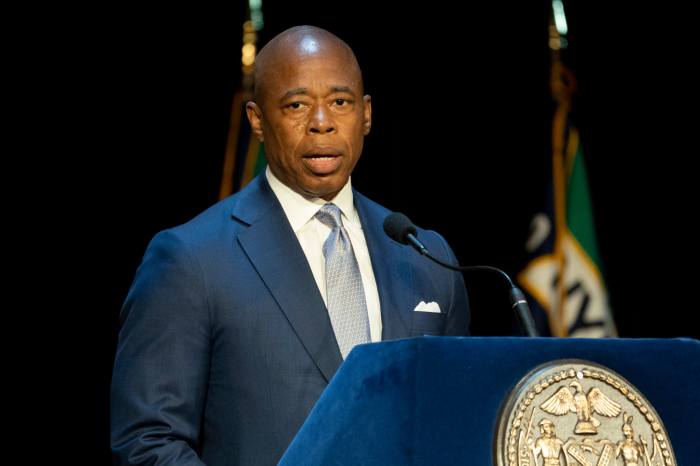Traffic congestion is a major reason for transit delays, but can more be done to keep buses and streetcars evenly spaced?
David Harvey of the Beach writes, “Very frequently the 501 Queen streetcar (towards Neville Park) gets a message to short-turn at Kingston Road. This usually happens in the afternoon, but has occurred almost every hour of the day. Also, on many occasions I have seen two double streetcars parked for some time at the Neville Park turnaround while many (riders) are waiting for a westbound car.”
Sivan Vaisman of North York writes, “I don’t think the amount of buses is the issue. The problem is spacing between buses, especially leaving Finch Station. Sometimes the bus platform will get packed, and then three or four buses will come. The last one will have literally five people on it.”
Many In Transit readers in the GTA write me about route reliability, and in future columns I will ask transit officials to explain what they can do to manage service better. But first, I asked transit advocate Steve Munro to comment.
He writes, “The business about last-minute short-turning at Kingston Road has been around for decades.We identified this (in 1984) as ‘surprise short turns’ and told the TTC that if a car is going to be short-turned, the decision to do this should occur before it passes through the core area. A related problem is the tendency to turn a car when it is only slightly late.
He adds, “The long layovers at Neville are quite an insult to riders. They show that there is a lot of padding in the schedule to make up for lost time, (and) that some of those short turns are unnecessary. There is a very bad habit of ignoring riders at the outer ends of lines.
“As for … buses at Finch Station, again that’s an issue of route management,” Munro continues. “When you ‘manage’ things (by) looking at a computer screen rather than standing in the terminal, there are limitations. If there is a flock of buses like this, the route supervisor — assuming one can be found — should deliberately hold back vehicles and manage departures so that they are more evenly loaded, even to the point of sending a bus out half-empty from the head of the pack.”











